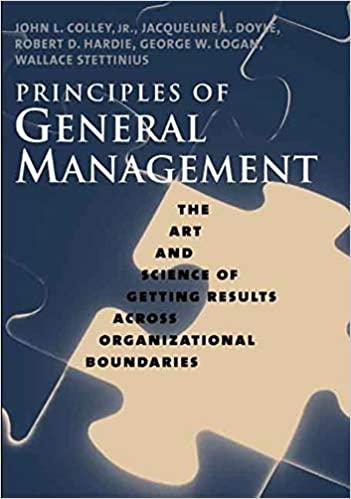Question
The Gray Market for Nikon Cameras Bridget stared out the window of her 10th floor office. She knew that sooner or later she would have
The Gray Market for Nikon Cameras
Bridget stared out the window of her 10th floor office. She knew that sooner or later she would have to address the issue of parallel distribution. Her company, NKT Singapore Ltd, had successfully negotiated a three-year contract with Nikon Corporation of Japan to serve as the sole importer of Nikon cameras into the Singaporean market. Under the terms of the contract, NKT Singapore was authorized to import Nikons products and provide service, support and software downloads for its cameras. NKT was responsible for paying all applicable taxes and duties on imported Nikon cameras and ensuring that the products were certified for use in Singapore. NKT was also responsible for ensuring that customers received the requisite manuals and power cables with their purchases. With the Nikon contract executed, NKT had put in place an extensive network of local dealers and distributors across the country to ensure national coverage. Each reseller had been provided with an exclusive sales territory. The NKT agreement with Nikon had been in place for six months and while sales had been Okay they had not been spectacular.
The first sign of trouble in the marketing channel occurred one Monday morning in April when Bridget received an angry voicemail from one of NKTs distributors. A customer had brought in a Nikon camera for repair. The product, however, was clearly different from those NKT imported. The camera was a genuine Nikon but the manual was written in Arabic and none of the cables and lenses matched those sold in Singapore. That single voicemail message was just the beginning as Bridget soon faced a flood of dealer and customer complaints. In fact, her marketing staff reported to her that someone had started a blog and that hundreds of customers were complaining about poor customer service and the company not honoring its warranty commitments. Dealers and distributors were very concerned about their own corporate reputations and held the view that they were not responsible for the problems customers faced. They were also frustrated by the fact that the gray market Nikon cameras were being sold at a 35 percent discount to the retail price charged by authorized resellers.
As president of NKT, Bridget had a significant amount of power in the organization but she was not sure that providing service and support to gray market products was the sensible course of action. Bridget decided to schedule a conference call with Nikons CEO and the VP of Global Marketing. She knew that NKT could not solve this problem on its own and needed the help of the manufacturer. As she jotted down notes for the conference call, she wondered why Nikon would even care about this issue. The manufacturers sales were not being affected and Singapore was a relatively small market for this global company. Even if they were willing to help, Bridget had to decide what to ask for and how the solution would be financed. She even contemplated whether she should contact her companys lawyers and attempt to get out of the contract with Nikon.
1. StatetheproblemthatBridgetfaces. 2. Identify the options available to NKT. 3. Based on the options identified above, recommend a course of action for the company. Be sure to provide a rationale.
Step by Step Solution
There are 3 Steps involved in it
Step: 1

Get Instant Access to Expert-Tailored Solutions
See step-by-step solutions with expert insights and AI powered tools for academic success
Step: 2

Step: 3

Ace Your Homework with AI
Get the answers you need in no time with our AI-driven, step-by-step assistance
Get Started


